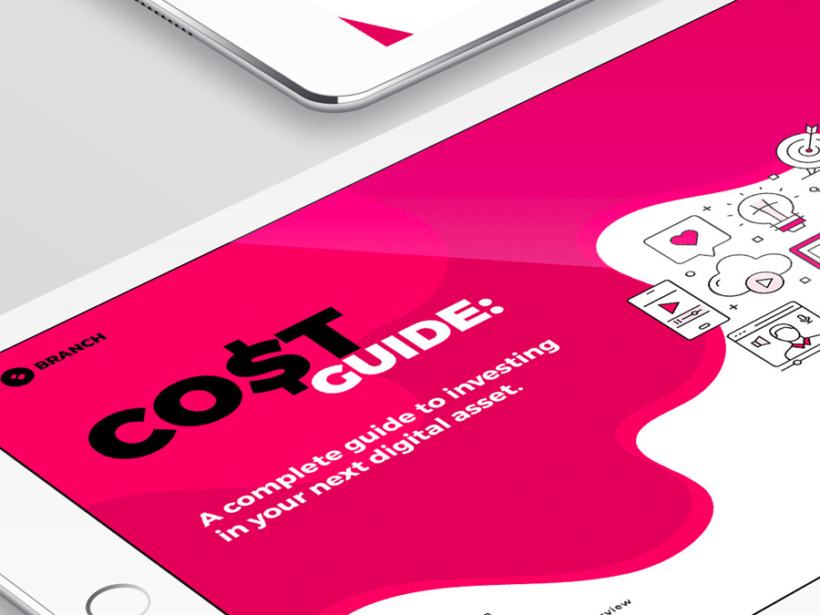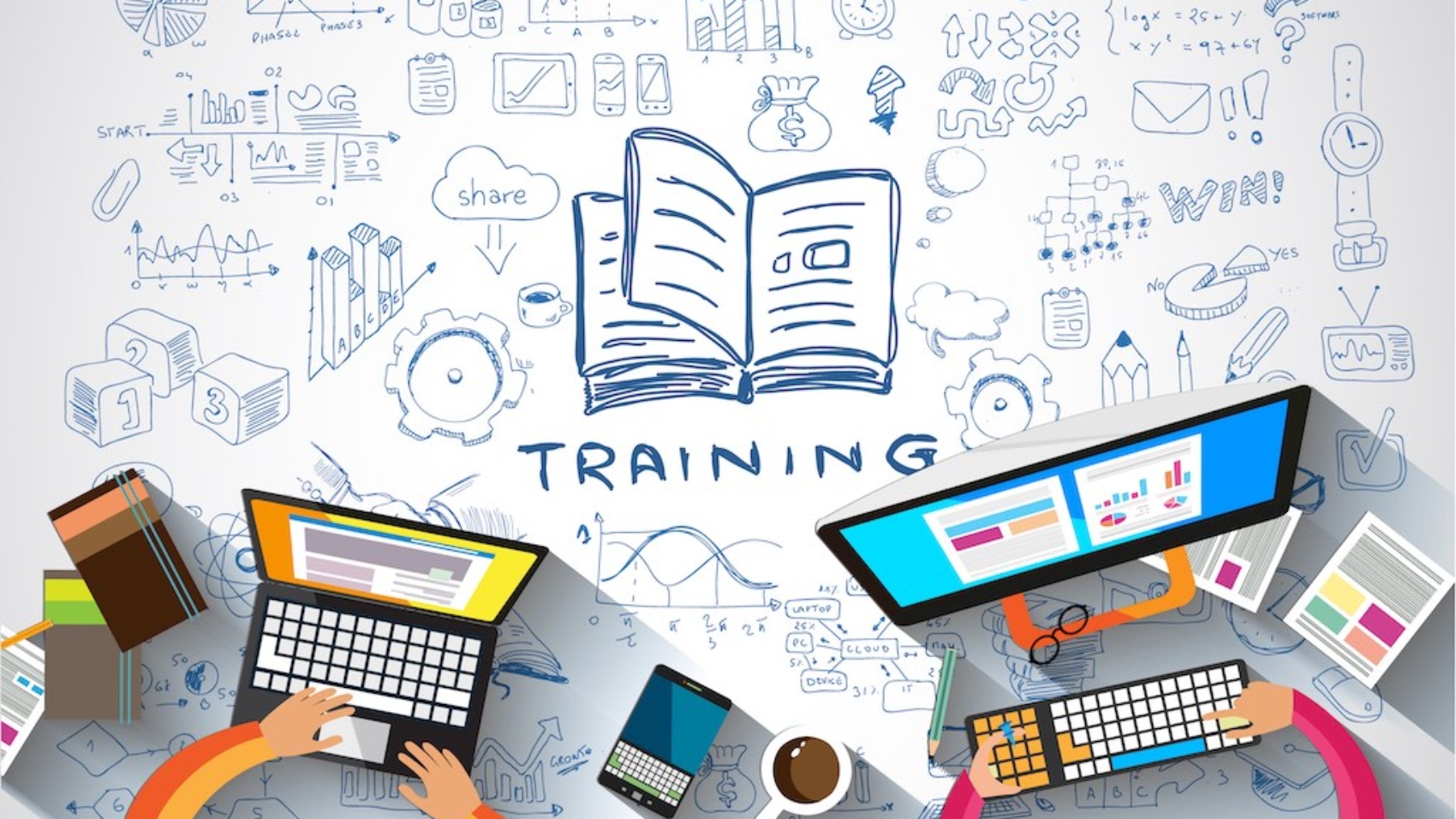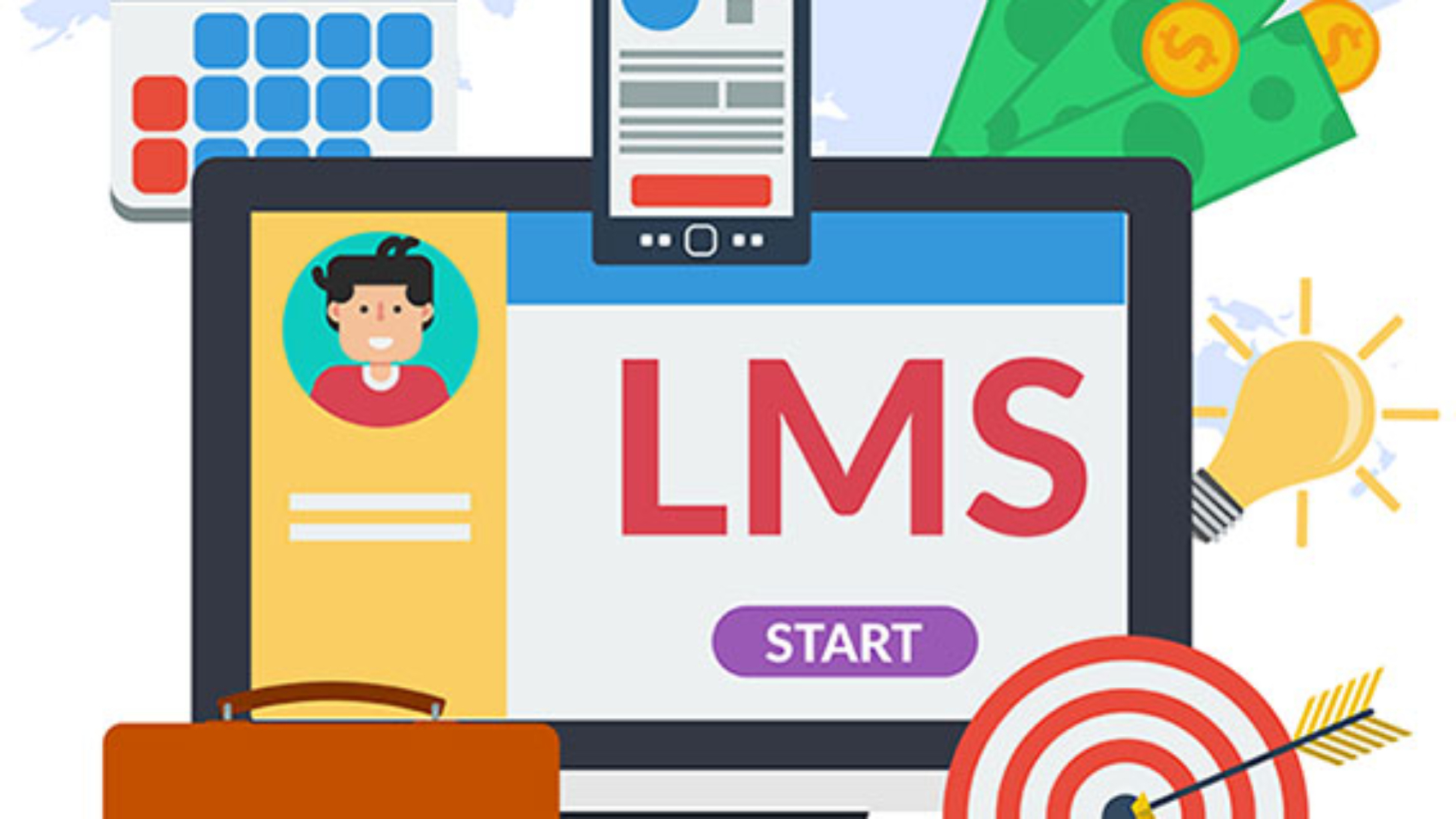
Starting an eLearning project is exciting, but once it’s underway, unexpected changes—often called “scope creep”—can lead to higher costs and longer timelines. Below are the most common culprits of eLearning scope creep and tips on how to avoid them.
1. Late Discovery of Misaligned Content
Sometimes, content provided by the client doesn’t align with the training goals, but this isn’t noticed until after storyboarding or, worse, during media production. Catching this early can save significant time and money. Before you move to development, ensure that the content fully supports your training objectives.
2. Changing Content Mid-Project
After initial approval, clients may feel the need to adjust content. Even small changes can ripple through many components—storyboards, visual assets, audio tracks, animations, and test questions. Late content changes may even impact the delivery method or program length. Once content is approved, it’s best to stick to it to avoid costly revisions.
3. Adding Extra Reviewers Later
Adding extra reviewers mid-way can result in conflicting feedback and project delays. To avoid this, involve all key stakeholders and SMEs at the beginning of the project, ideally before final storyboard review. Getting everyone’s buy-in early keeps the process smooth and aligned.
4. Missed Client Deadlines
Delays on the client side—whether due to shifting priorities or asset preparation—can stretch timelines and increase costs. Prolonged delays often lead to extra meetings, reallocation of resources, and time spent re-familiarizing the team with the project. In cases where delays impact scheduled shoots or venue reservations, rebooking costs can add up quickly.
5. Outdoor Shoots
Any outdoor filming introduces the unpredictability of weather. Rescheduling due to weather can delay the project and increase costs. Plan ahead for weather-related risks if outdoor shots are a key part of your project.
6. Using In-house Talent for Media
While using employees as actors or voice talent can save money, it comes with risks. Staff may leave mid-project, requiring reshoots or re-recordings. Non-professional talent often takes longer to coach, which can extend shooting times. For reliable results, consider professional talent, especially for large projects.
7. Competing SME Teams
When multiple SME teams work on different sections of an eLearning project, they may compete for resources to make their section stand out. This can lead to unplanned interactive elements or custom videos, stretching the budget. Align with all SME teams from the start to prioritize where to invest in premium features.
8. Accessibility Reviews as an Afterthought
Accessibility needs are often overlooked until the project is almost complete, leading to last-minute adjustments. Define accessibility requirements—such as visual or audio accommodations—early in the project to keep everything on track and avoid extra costs.
9. Last-Minute Translation Requests
Requesting translations after the eLearning course is nearly complete can double the workload. If multiple languages are anticipated, plan for translation early to streamline workflows and avoid duplicative production.
Keep Scope Creep Under Control
Partnering with an experienced eLearning developer like Branch Media can help keep your project on budget. Our team is proactive about identifying potential challenges early and working with you to maintain scope. Contact us today to explore how we can support your training goals efficiently and effectively.













